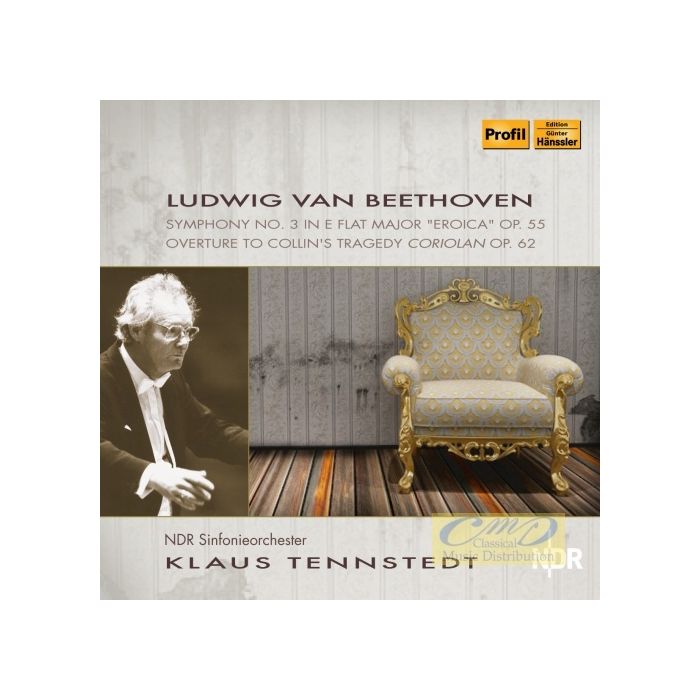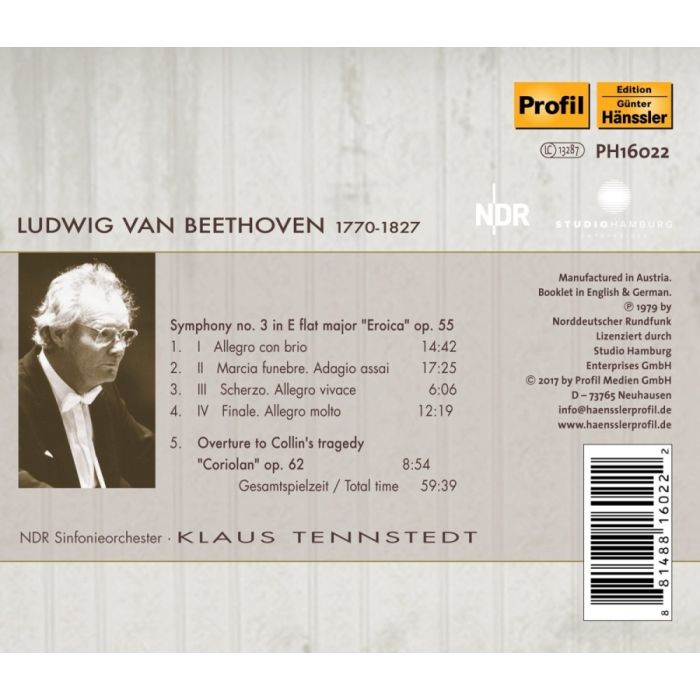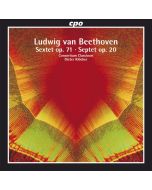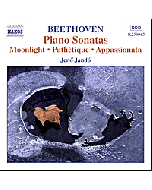
(Produkt nie został jeszcze oceniony)
kompozytor
Beethoven, Ludwig van
tytuł
Beethoven: Symphony No. 3; Coriolan
wykonawcy
NDR Sinfonieorchester, Tennstedt, Klaus
nr katalogowy
PH 16022
opis
May and September 1803, completing it at the beginning of 1804. It was premiered on April 7 of the following year at the Theater an der Wien during an “academy” given by the violinist Franz Clement (who would premiere Beethoven’s Violin Concerto three years later.)
The audience was overwhelmed by the dimensions and style of the “Eroica.” It had twice been previewed privately: in 1804 at the palace of Prince Lobkowitz, to whom it is dedicated, and in early 1805 at a concert given by the bankers Wurth and Fellner with Clement conducting. With this powerful and in all respects innovative work Beethoven confronted the greatest crisis and deepest depression of his life, caused by the shock of realizing in 1801 that he was suffering from progressive and incurable deafness. He finally came to terms with giving up not only the career as a virtuoso pianist so promisingly begun in Vienna but also social life, love and marriage. He returned to Vienna from Heiligenstadt determined “to take fate by the throat,” as the Romantics maintained he said, and to remain true to his mission in spite of it all.
He resolved to bring his music into the world with even more persistence than before; no longer would he address himself exclusively to a small audience of connoisseurs and musi clovers, but to all humankind. This new type of music first appeared in its fully developed form in the “Eroica” and would later climax in the Ninth Symphony.
The audience was overwhelmed by the dimensions and style of the “Eroica.” It had twice been previewed privately: in 1804 at the palace of Prince Lobkowitz, to whom it is dedicated, and in early 1805 at a concert given by the bankers Wurth and Fellner with Clement conducting. With this powerful and in all respects innovative work Beethoven confronted the greatest crisis and deepest depression of his life, caused by the shock of realizing in 1801 that he was suffering from progressive and incurable deafness. He finally came to terms with giving up not only the career as a virtuoso pianist so promisingly begun in Vienna but also social life, love and marriage. He returned to Vienna from Heiligenstadt determined “to take fate by the throat,” as the Romantics maintained he said, and to remain true to his mission in spite of it all.
He resolved to bring his music into the world with even more persistence than before; no longer would he address himself exclusively to a small audience of connoisseurs and musi clovers, but to all humankind. This new type of music first appeared in its fully developed form in the “Eroica” and would later climax in the Ninth Symphony.
nośnik
CD x 1
wydawca
Profil Medien
data wydania
28.03.2017
EAN / kod kreskowy
0881488160222
54,00 zł
Produkt na zamówienie
Wysyłka ustalana indywidualnie.
Darmowa wysyłka dla zamówień powyżej 300 zł!
Darmowy kurier dla zamówień powyżej 500 zł!
sprawdź koszty wysyłki









